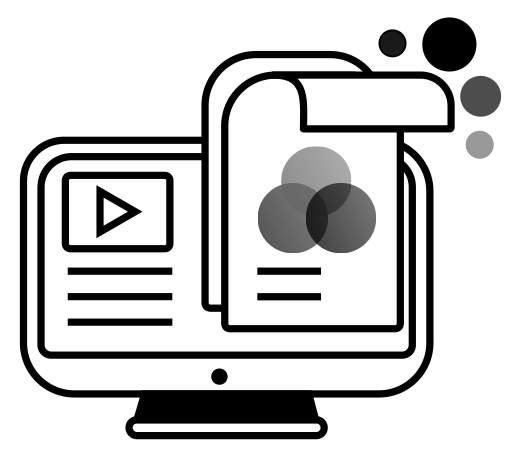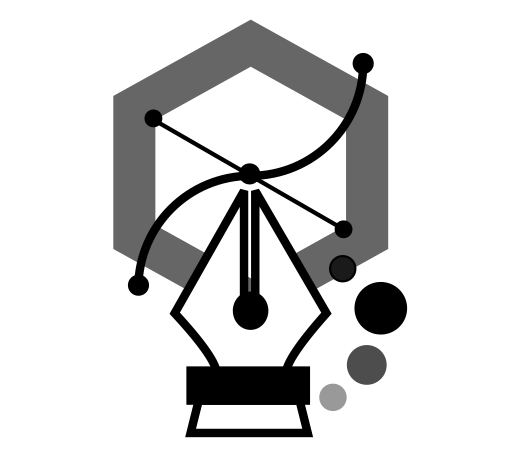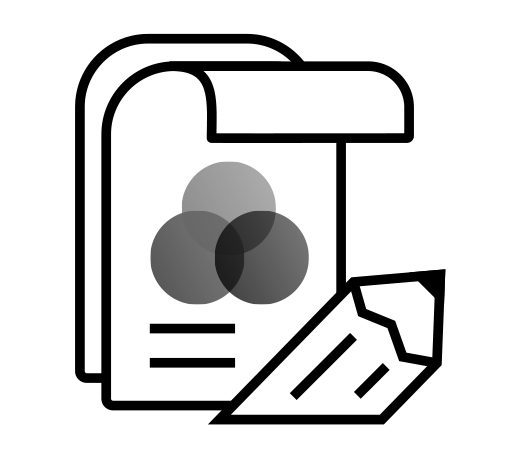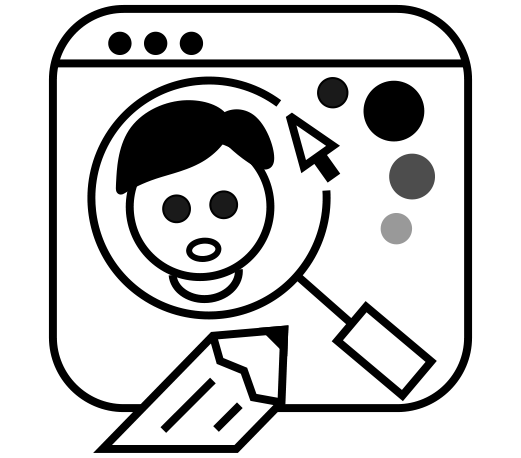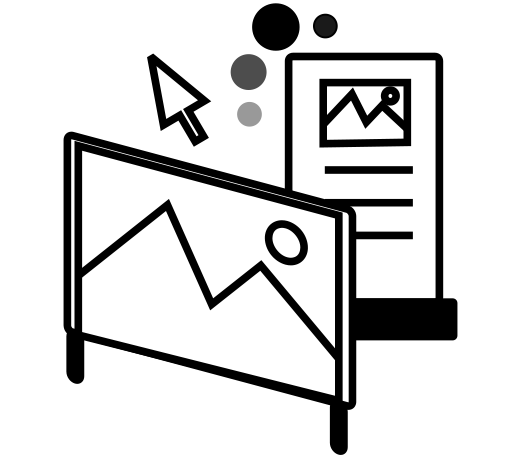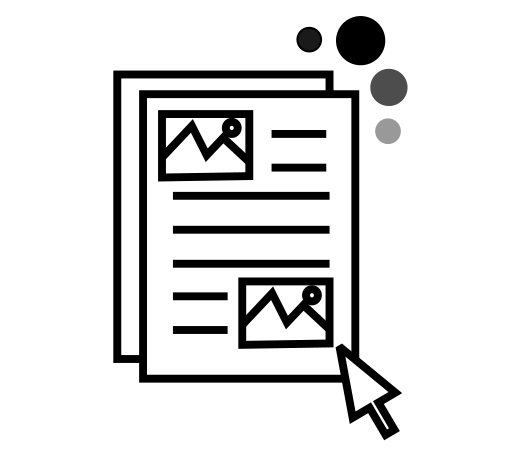design & graphics
Welcome To My World
I am a freelancer and my world is design and graphics. Every drawing I do, a child is added to my children


Design & Graphics
Together
Welcome to our Design & Graphics page! Here, we use our art and creativity to help you add beauty and charm to your business. With unique designs and creative graphics, we help you stand out and differentiate yourself from your competitors.
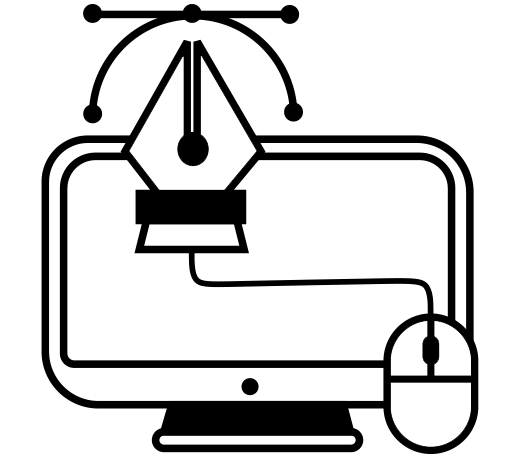
GRAPHIC DESIGN
طراحی و گرافیک
we are legendery
Graphic Designer
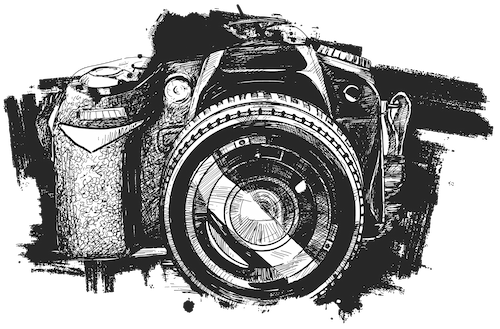
Future change
Together
We create amazing graphic designs for you with a team of professional designers and graphic artists with complete mastery of the latest trends and using advanced software.
With our focus on creativity and innovation, we’re always looking for new ways to create designs that help you reach and engage your customers. By combining colors, fonts, images and graphic elements, we create designs that allow you to have powerful marketing.
?What is graphic design
Design and graphics or graphic design is an art that creates designs and visual elements for visual communication and conveying messages using specific principles and techniques. This art is used in creating attractive and beautiful designs for services and products, and its purpose is to attract attention and create a strong connection with the audience.
Visual Identity

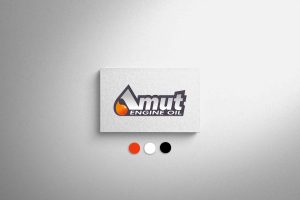
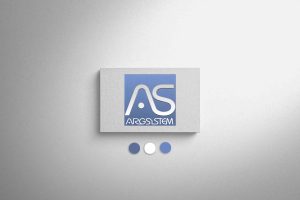
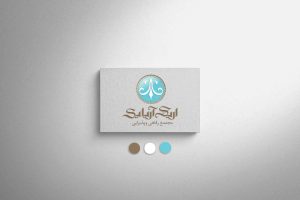

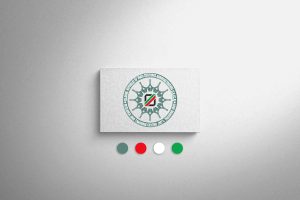
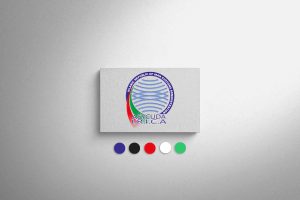

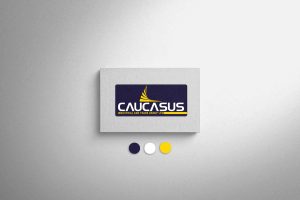
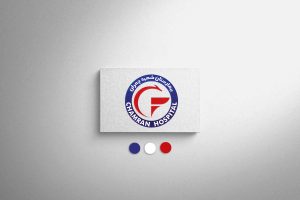
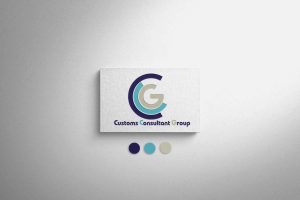
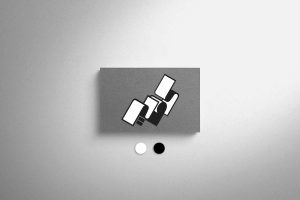
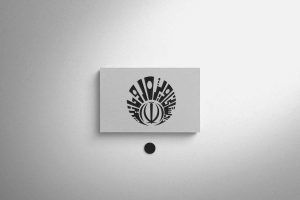

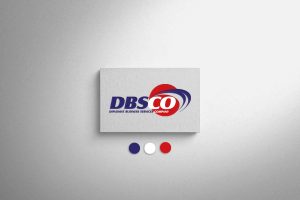

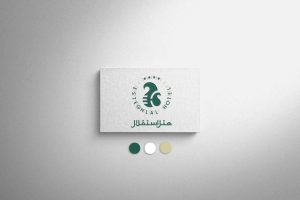


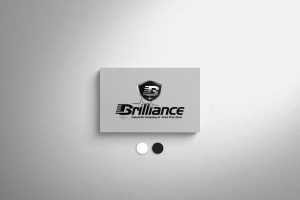

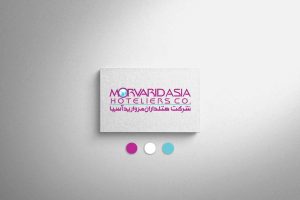
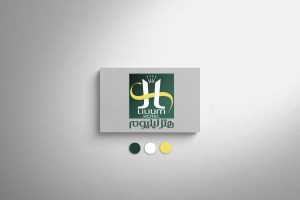
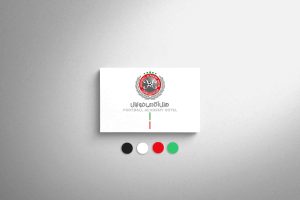
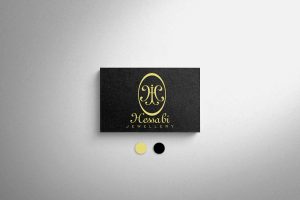


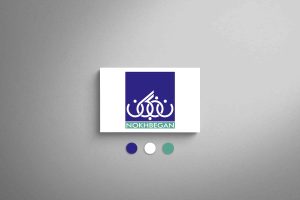
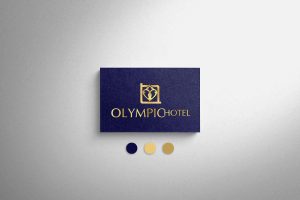

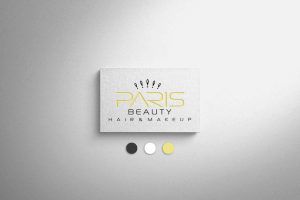
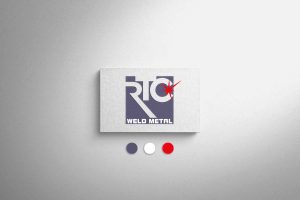
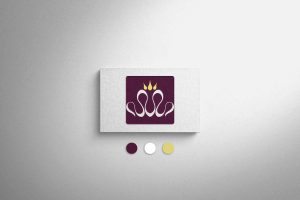

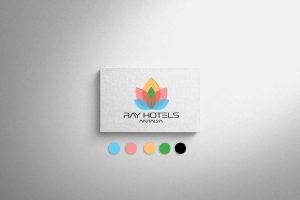
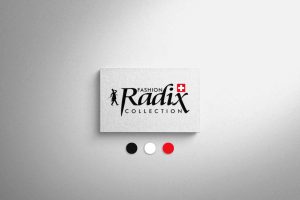
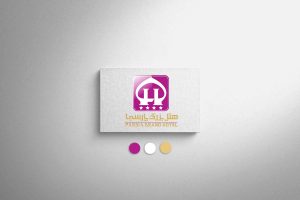

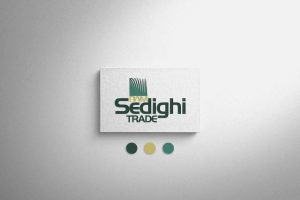
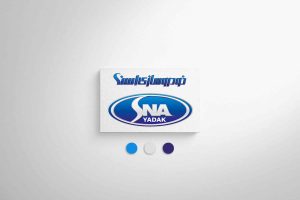

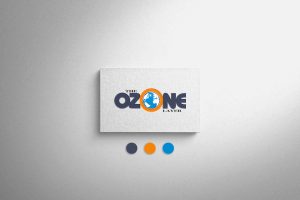

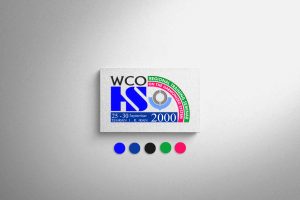

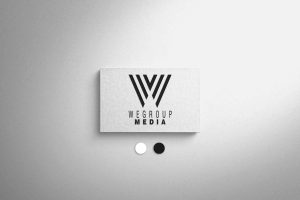
Stationery
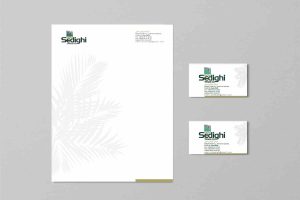

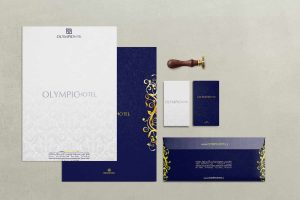

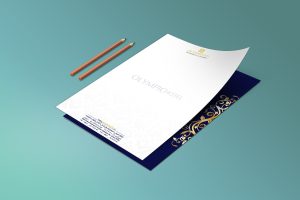


1. Visual identity design is a process by which a unique and recognizable visual identity is created for a brand, company or organization. This process includes different steps that can be referred to using the following keywords:
1. Research and analysis: In this stage, research is done about the brand, product or organization to identify the needs, values, competitors and target audience.
2. Strategy: Based on the analysis and research, strategies for creating a visual identity are determined, which can include color patterns, fonts, symbols, and design principles.
3. Logo design: The logo is used as a unique symbol for the brand and is designed at this stage. This includes choosing colors, fonts, and visual patterns.
4. Designing visual elements: In this step, other visual elements such as business cards, letterheads, labels and packaging are designed.
5. Deployment and implementation: After the design of the visual identity, it should be deployed in all products, websites, advertisements and other things so that there is a single harmony in the brand display.
6. Maintaining the visual identity: After the implementation, maintaining the visual identity is very important so that there is always harmony in all visual communications.
Designing a brand or logo is a process by which a visual and unique recognition is created for a brand. This process includes different steps that can be referred to using the following keywords:
1. Research and analysis: In this stage, research is done about the brand, product or organization to identify the needs, values, competitors and target audience.
2. Strategy: Based on the analysis and research done, strategies are determined to create a brand, which can include color patterns, fonts, symbols, and design principles.
3. Logo design: The logo is used as a unique symbol for the brand and is designed at this stage. This includes choosing colors, fonts, and visual patterns.
4. Visualize the values: In this step, the brand’s values, mission and recognition are visualized by the logo and other visual elements used in it.
5. Test and feedback: After designing the logo, it should be tested and receive feedback from the audience so that necessary changes can be made if improvements are needed.
6. Deployment and implementation: After final approval, the logo will be deployed in all products, website, advertisements and other cases so that there is a single coordination in the brand display.
7. Maintaining the identity: After implementation, it is very important to maintain the visual identity and the correct use of the logo in all brand communication to always create a strong and unified recognition for the brand.
Designing administrative and organizational documents is a process by which documents related to an organization or company are designed. This process includes different steps that can be referred to using the following keywords:
1. Research and analysis: In this stage, the needs and requirements of the organization regarding administrative and organizational documents are identified. This includes paper types, formats, standards and design patterns.
2. Strategy: Based on the analysis and research, strategies for the design of administrative and organizational documents are determined, which can include the use of colors, fonts, symbols, logos, and design principles.
3. Template design: In this step, various templates such as letterheads, business cards, official sheets and other documents are designed. This includes choosing colors, fonts, visual patterns and logo usage.
4. Visualization of values: In this stage, the values and recognition of the organization are visualized by the design of administrative and organizational documents. Symbols, logos and other visual elements can be used.
5. Testing and feedback: After the templates are designed, they should be tested and receive feedback from the audience so that necessary changes can be made if improvements are needed.
6. Establishment and implementation: After final approval, the designed templates are established in all the documents and administrative papers of the organization so that there is a single coordination in their display and use.
7. Maintaining coordination: After implementation, it is very important to maintain coordination in the use of formats and visual elements in all administrative and organizational documents in order to create a strong and unified diagnosis for the organization.
Catalog and brochure design is a process by which products, services or information related to a company, brand or organization are presented in the form of a designed and attractive collection. This process includes different steps that can be referred to using the following keywords:
1. Research and analysis: In this stage, research is conducted on products or services, target audience and competitors to identify market needs and requirements.
2. Strategy: Based on the analysis and research, strategies for catalog and brochure design are determined, which can include color patterns, fonts, symbols, and design principles.
3. Template design: In this step, the catalog or brochure template is designed, which includes the arrangement of pages, layout, use of images and text.
4. Content and information: After designing the template, content and information related to products, services or information are placed. It includes pictures, descriptions, prices and technical specifications.
5. Testing and feedback: After designing the catalog or brochure, it should be tested and receive feedback from the audience so that necessary changes can be made if improvements are needed.
6. Deployment and implementation: After final approval, the catalog or brochure is deployed in all communication channels such as print, website, exhibitions, etc. to be presented to the audience.
7. Maintain consistency: After implementation, it is important to maintain consistency in the use of format, content, and visual elements across all catalogs and brochures to create a strong and unified brand identity.
The graphic design of the office environment includes the design of various types of billboards, stands, straw boards, posters and environmental advertisements. Next, I will explain each of these subcategories:
1. Billboard: These types of boards are placed in external environments and are used for larger advertisements. The design of billboards includes the use of large images, short and attractive text, vivid colors and visual designs.
2. Stand: Stands are usually placed inside commercial spaces such as stores, exhibitions and events. The design of stands includes the use of attractive and remarkable images, text, colors and formats.
3. Strawboards: Strawboards are usually placed in outdoor environments and are used for advertising on public routes such as roads and streets. The design of strawboards includes the use of large images, short and attractive text, and vivid colors.
4. Poster: Posters are usually placed inside and outside commercial spaces and are used for smaller advertisements. Poster design includes the use of attractive and creative images, text, colors and formats.
5. Environmental advertising: This type of advertising includes the use of graphic elements in public environments such as buses, taxis, subways, parks and other public spaces. Environmental advertising design includes the use of images, text, colors and other visual elements.
6. The purpose of the graphic design of the office environment and its subcategories is to attract attention and create a connection between the audience and the advertised brand or product. By using graphic design elements such as images, text, colors, fonts and creative formats, environmental advertisements can convey the intended message to the audience in an attractive and professional way.
In addition to visual appeal, the graphic design of the office environment, signs, stands, posters, and strawboards should be in harmony with the visual identity of the brand or organization. The use of colors, fonts and visual elements similar to the logo and visual identity of the brand helps to recognize the brand more strongly and strengthens the connection between environmental advertising and the brand.
Also, the graphic design of offices, signs, stands, posters, and strawboards should have the ability to quickly understand the desired message. Texts should be short and concise, and images and visual elements should convey the message clearly and comprehensibly.
Finally, the graphic design of offices, signs, stands, posters, and strawboards should have positive feedback from the audience. By using the audience’s analysis and feedback, it is possible to apply the necessary improvements in future designs and obtain the best results for environmental advertising.
Character design in branding is a process by which a unique character is created for the brand. This character can act as a symbol for the brand and its identity and can be used in all advertising and communication materials of the brand. Below is an explanation of the stages of character design in branding:
1. Research and analysis: In this step, research about the brand, target audience and competitors
2. Creating a concept: After research and analysis, a concept should be created for the personality or character of the brand. This concept should be in harmony with the characteristics, values and identity of the brand. This concept may be determined based on the mission and goals of the brand, the needs and problems of the target audience, or the unique characteristics of the brand.
3. Design and creation: At this stage, the design and creation of the character begins. This character can be human, animal, object or anything else. The design should accurately and in detail represent the character’s characteristics, including colors, body shape, face, clothing and other appearance details.
4. Coordination with the visual identity: the designed character must be in harmony with the visual identity of the brand. This includes using colors, fonts, visual elements and design style similar to the brand’s visual identity. The purpose of coordination is stronger brand recognition and establishing a connection between the character and the brand.
5. Use in advertising materials: the designed character can be used in all advertising and communication materials of the brand. This includes logos, websites, packaging, television commercials, posters and other promotional materials. Consistent use of the character creates a stronger connection between the brand and the audience.
Character design in branding can give the brand a unique identity and a more recognizable identity. Also, by creating an emotional connection with the audience, it strengthens the power of the brand in the market and helps distinguish the brand from competitors.

